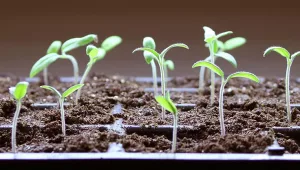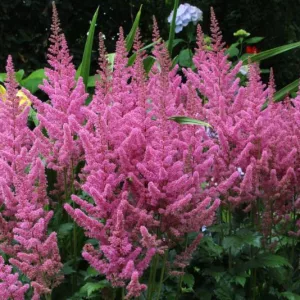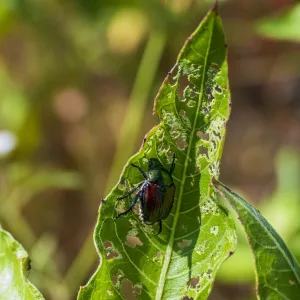When the first Covid-19 lockdown happened last year, who knew that so many people would turn to growing their own food as a reaction to worries about shortages in the supply chain. Now all those people, and more, are looking to buy seeds and seed starting supplies. Vegetable and herbs seeds have become the new toilet paper as gardeners worry that they will not be able to get everything they need. After talking to suppliers and seeing comments on gardening group pages, that is a real concern. Quite a few people have commented that seed orders are slow in coming and many varieties are in short supply.
That may be true if you are trying to order specialty seeds or those varieties that are generally only available in limited quantities. I do know that local stores are still receiving deliveries of traditional seeds racks full of a great selection of herbs, vegetable, and flower seeds. Hopefully, there will be enough available for all gardeners. Shopping locally to support small businesses is vitally needed to keep our economy strong.
A little word of caution if you are new to growing plants from seed indoors: do your research before planning your planting schedule! If you sow your seeds too early, seedings will become weak and spindly before it is time to move them outdoors.
Based on our local growing conditions, the earliest you should start would be the first week of March. Only a few varieties that take the longest time from seed sowing to maturity should be started at that point. Peppers, eggplants leeks, and onions grown from seed are a few examples of vegetables to sow first.
By mid March you can start some of the cold tolerant crops that will be planted outdoors first: Bok Choi, Brussel Sprouts, lettuces, broccoli, cauliflower, cabbage, celery, and parsley. A few weeks later you can start tomatoes plants.
Be sure to read all the information on the seed packages you buy. Many vegetables are best sown directly into the garden at the appropriate time: carrots, beets, corn, and turnips to name a few.
It feels so strange not to be planning a display for Seedy Saturday. That event traditionally happened on the first Saturday in March at Sault College. It was the perfect time for local gardeners to browse all the vendor tables, pick out seeds and rush home to sort them by sowing time. Everyone is adapting, but we sure miss interacting with so many enthusiastic gardeners anticipating spring!
To be prepared for starting seedlings, you may consider setting up grow lights if you have the space and budget. When you can put a good light source right down over seedlings and move it up as they grow, you will be producing a stocker, more robust seedling. Otherwise, if you are using the natural light from windows, plan on rotating your trays often to keep seedlings from reaching in one direction.
To prepare for growing plants from seed, collect your supplies ahead of time. You will need clean containers with good drainage, a good quality potting mix formulated for seed starting and some labels or markers for identification purposes. Be sure to label your containers as soon as you sow the seeds. There’s nothing more frustrating than forgetting what you planted, especially when you are testing out different varieties of the same plant.
You may have to soak, scratch or chill seeds before you sow them. Be sure to read all the directions on the package when you are preparing your plan. Make notes for each plant type.
Plan on having a warm area for your project. Seeds sprout best at temperatures of 65 to 75°F (18-24°C). Don’t let it get too cold! The top of the refrigerator is a common spot to germinate seedlings. You also may want to invest in a heat mat specifically designed or germinating and propagating.




